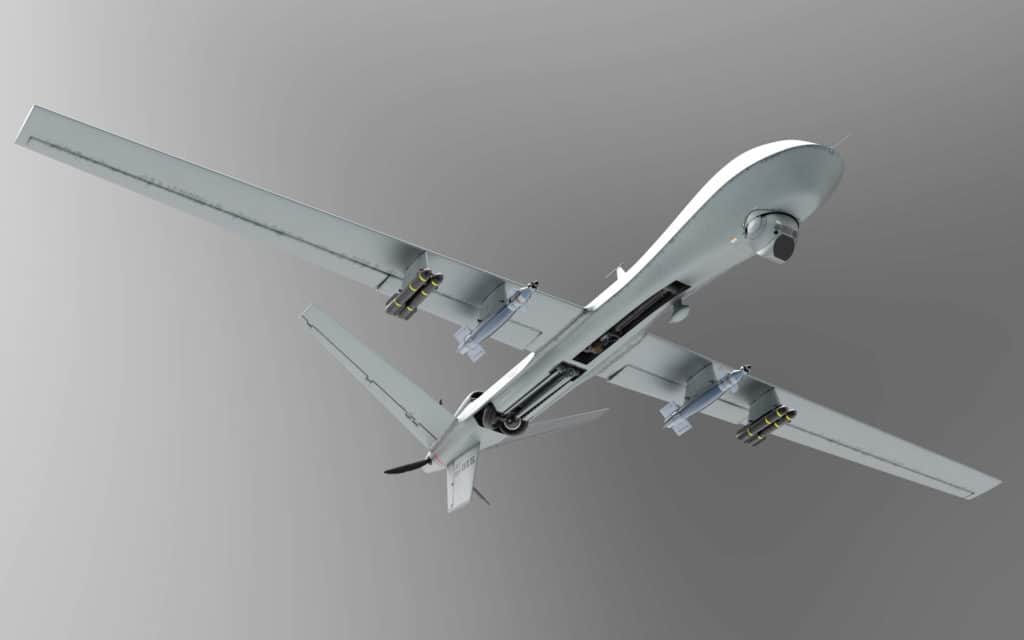Drone attacks on US in Iraq highlight Iran’s expanding arsenal

The series of attacks in Iraq this week highlight escalating tensions between pro-Iran militias, the United States, and Iraqi security forces in the country.
Five rockets targeted an Iraqi military air base near Baghdad on April 18, injuring three Iraqi soldiers and two foreign contractors. According to Iraqi security officials, at least two Katyusha rockets exploded in the section of the base that houses U.S. contractors. Four days prior to this attack, a drone carrying explosives hit Iraq’s Erbil airport, also targeting U.S. forces. Although both attacks remain unclaimed, Iranian-backed militias have taken responsibility for similar incidents recently. The series of attacks in Iraq this week highlight escalating tensions between pro-Iran militias, the United States, and Iraqi security forces in the country.
- Iran’s Growing Missile Arsenal Is a Challenge for Israel - November 18, 2025
- IAI Is Hoping to Secure a Contract for the “Golden Dome” - November 3, 2025
- Trump dispatches B-1 bombers and other military assets to Venezuela - October 28, 2025
